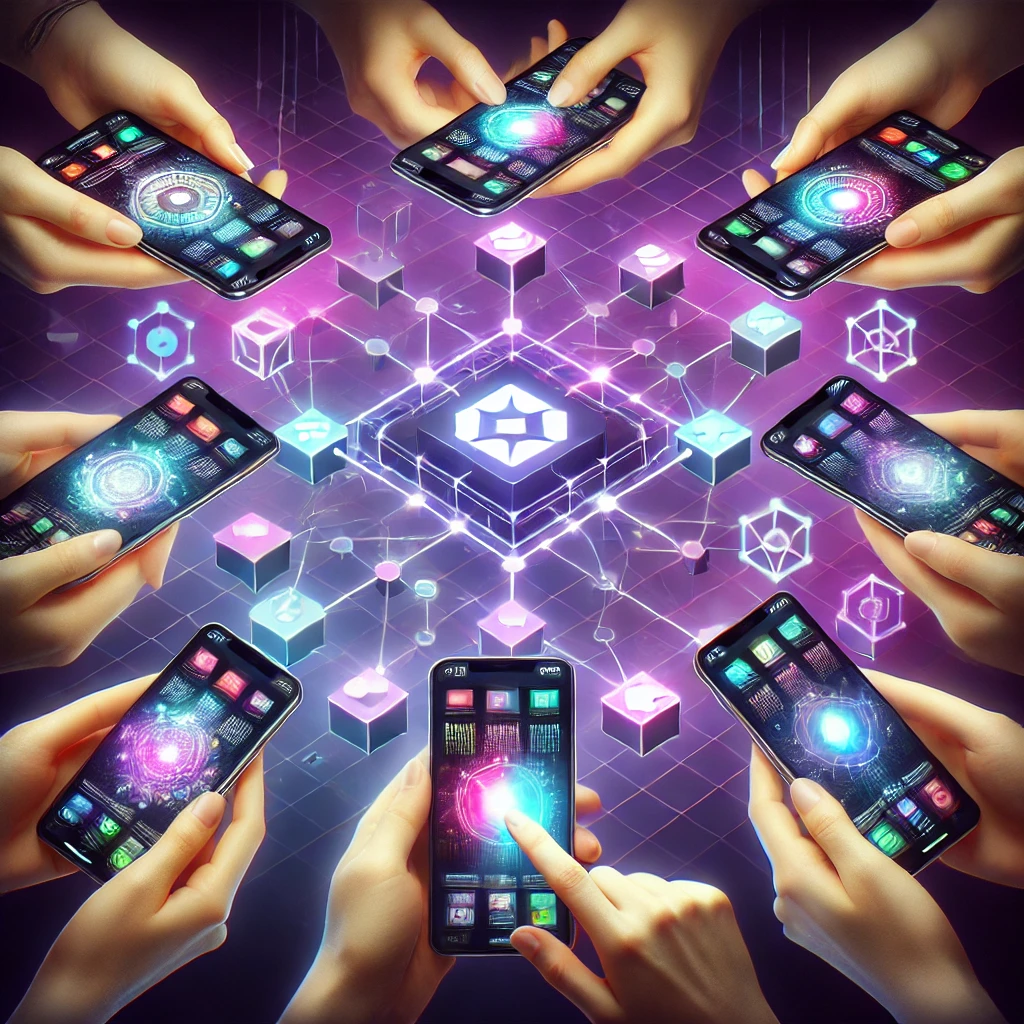The gaming industry is always pushing boundaries, constantly evolving to meet the needs of a tech-savvy audience. One of the most exciting developments today is the integration of blockchain technology, particularly through Web3. Leading this transformation is the partnership between Google Cloud and Solana Labs, with their GameShift platform at the forefront.
According to Google Cloud, GameShift equips game developers with the tools and infrastructure to build the next generation of Web3-enabled games. This shift is set to bring dramatic changes to how games are created, played, and monetized. The fusion of cloud computing and blockchain technology is redefining gaming experiences while offering new ways for players and developers to interact in digital spaces.
What is Web3-Enabled Gaming?
Web3 represents a decentralized internet where users control their data and digital assets. For gamers, this means they can truly own in-game items, characters, and currencies—something previously unimaginable. These assets, known as non-fungible tokens (NFTs), can be traded, sold, or transferred across different games or platforms, creating a player-driven economy.
Powered by Solana Labs, GameShift provides developers with a toolkit to easily integrate Web3 elements into their games. This includes features like asset trading, decentralized storage, and player-driven economies. Thanks to Google Cloud’s fast, secure, and scalable infrastructure, these integrations are seamless.

Chart: How GameShift Integrates with Google Cloud Infrastructure. Source: Google Cloud
GameShift: Revolutionizing Game Development
At its core, GameShift allows developers to dive into decentralized gaming effortlessly. One standout feature is its ability to manage complex in-game economies, powered by Solana’s blockchain. Solana’s high throughput and low transaction costs allow developers to build games with real-world value and liquidity—something that traditional frameworks often struggle to achieve.
Moreover, Google Cloud and Solana Labs provide a robust, scalable platform that supports millions of transactions per second. This is crucial for large-scale multiplayer games where in-game assets need to be transferred securely and quickly between players.
Why This Matters for Gaming’s Future
Web3 is reshaping the player-developer relationship. Traditionally, players spend countless hours acquiring in-game assets that remain under the control of the game publisher. Web3 changes this dynamic by giving players real ownership of these assets. They can take their in-game items outside the game, trade them on third-party marketplaces, or even use them in other compatible games.
This shift, as noted by Google Cloud, empowers players and fosters stronger gaming communities. When players own their assets, they become more invested in the game, creating a more engaged and loyal user base. For developers, this opens up new revenue streams and business models that were previously unexplored.
The Dawn of a New Gaming Era
The future of gaming lies in decentralization, and platforms like GameShift are driving this change. By enabling developers to integrate blockchain-based assets and economies into their games, Solana Labs and Google Cloud are unlocking new possibilities for both creators and players. As gaming continues to evolve, this collaboration will shape the next generation of immersive, player-driven experiences.
In the coming years, Web3-enabled games will likely become a standard in the industry, with GameShift serving as a key driver of this transformation.
Prefer watching videos? Check out our YouTube channel where we turn our blogs into videos! Stay ahead in crypto gaming—subscribe now for exclusive content.
If you want more like this, read our related blog here!
